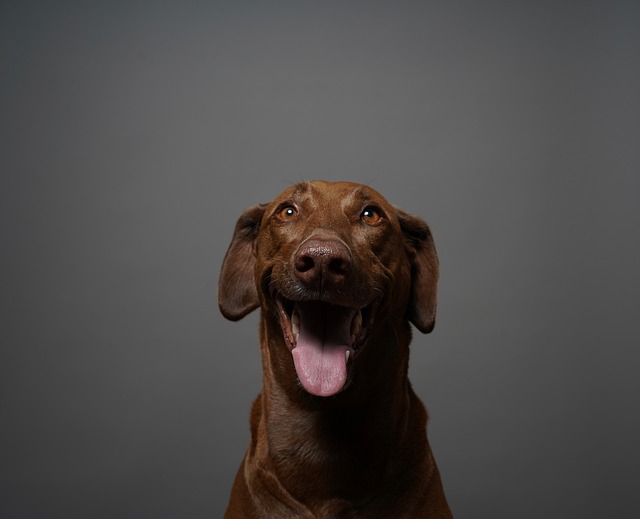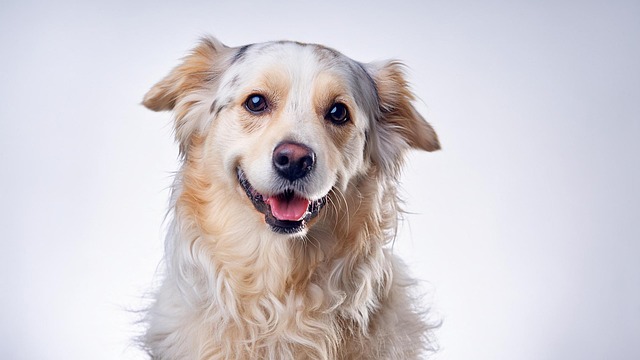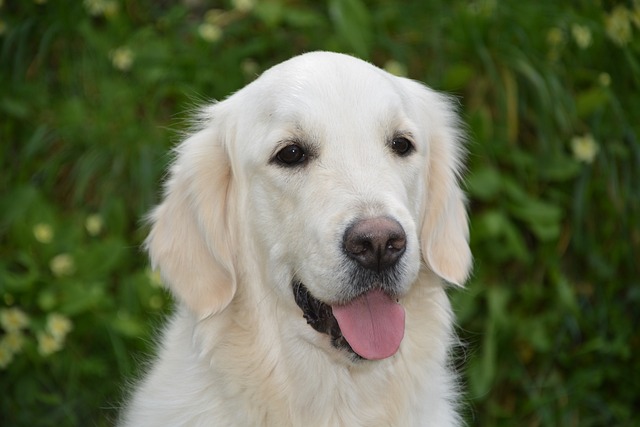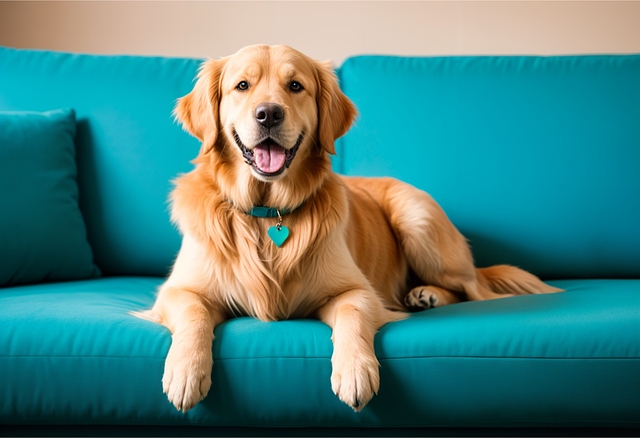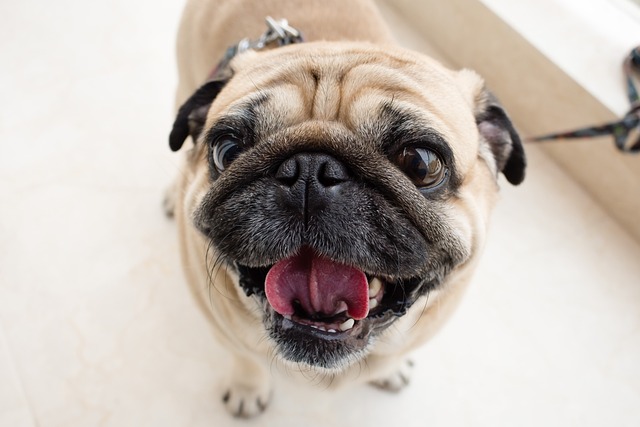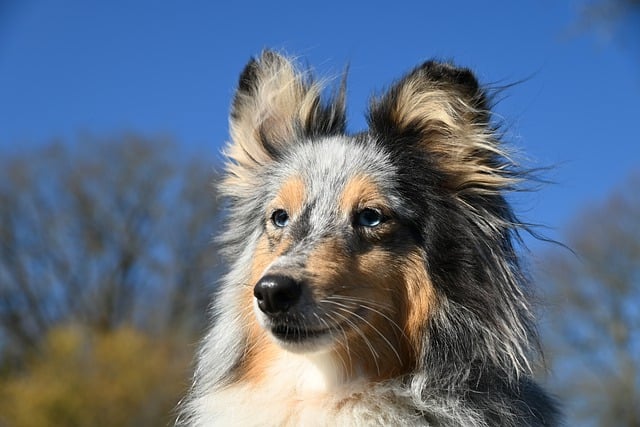If you’re a new dog parent in the US, you’ve probably paused mid-petting, squinted at your pup’s fur, and thought, “What are these tiny white flakes?” They stick to your black shirt, dust the couch, and make you wonder if your dog’s skin is okay. Those flakes—usually called dandruff—are common, but figuring out why they’re there is the first step to fixing them. Let’s break down the most likely reasons.
First, let’s get the science straight: Your dog’s skin is covered in a thin, protective layer of oils that lock in moisture. When this layer gets disrupted, dead skin cells shed faster than usual, turning into those visible flakes. Think of it like a dry sponge—when it’s dehydrated, it crumbles into bits. Veterinarians call this “cutaneous desquamation,” but in plain terms, it’s just skin that’s not holding onto moisture well. My neighbor’s Pug, Milo, started getting flakes last winter, and it turned out his skin was drying out thanks to the apartment heater—no mystery, just simple dryness.
So, what’s disrupting that moisture? Dry air is a big culprit. Winter heaters or desert climates (looking at you, Arizona) suck humidity from the air, leaving your dog’s skin parched. Milo’s flakes vanished when they added a humidifier.
Diet matters too. If their food is low in omega-3 fatty acids (the good fats found in fish or flaxseed), their skin can’t make those protective oils. A friend’s Golden Retriever, Bailey, had flakes until they mixed a teaspoon of fish oil into her kibble—her coat got shinier, and the flakes disappeared.
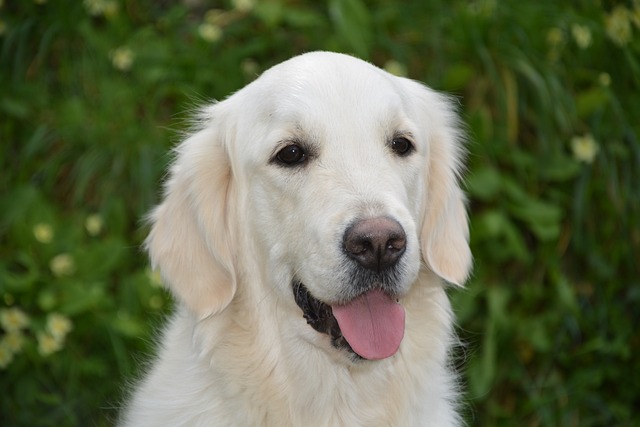
Over-bathing is another common mistake. Using harsh shampoos or bathing too often (more than once a month for most dogs) strips away natural oils. I once bathed my terrier, Leo, weekly “to keep him clean,” and guess what? Flakes galore. Cutting back to every 6 weeks fixed it.
Sometimes, it’s allergies. Food (like wheat or chicken) or environmental triggers (pollen, dust mites) can irritate skin, leading to flaking. If the flakes come with red, itchy patches, that’s a clue—Bailey’s cousin had this, and switching to a limited-ingredient diet helped.
To figure it out, start with a check: Are the flakes powdery and easy to brush off? Probably dryness. Clumpy or with red skin? Maybe allergies. Then adjust: Add a humidifier, switch to a gentle oatmeal shampoo, or try that fish oil.
Now, let’s tie this to real-world care. Even with flakes, your dog needs current rabies vaccines—every US state requires it, and cities like Dallas fine owners who skip this. While checking their fur, don’t forget poop bags on walks (fines in Portland hit $175 for messes) and updated tags.
Culturally, never scold your dog for scratching flakes—it’s uncomfortable, not bad behavior. Reward them for sitting still during a brush with a treat; positive reinforcement makes grooming a breeze. Leo now wags when he sees the brush, thanks to a cookie afterward.
Living in an apartment? Run a quiet humidifier to avoid bugging neighbors. Brush over a towel to catch flakes (no one wants white specks on shared couches). When walking, if they scratch, redirect with a toy—polite pups keep community strolls nice.
Most flakes are easy to fix with a little humidity, better food, or fewer baths. Your pup’s skin (and your couch) will thank you.
